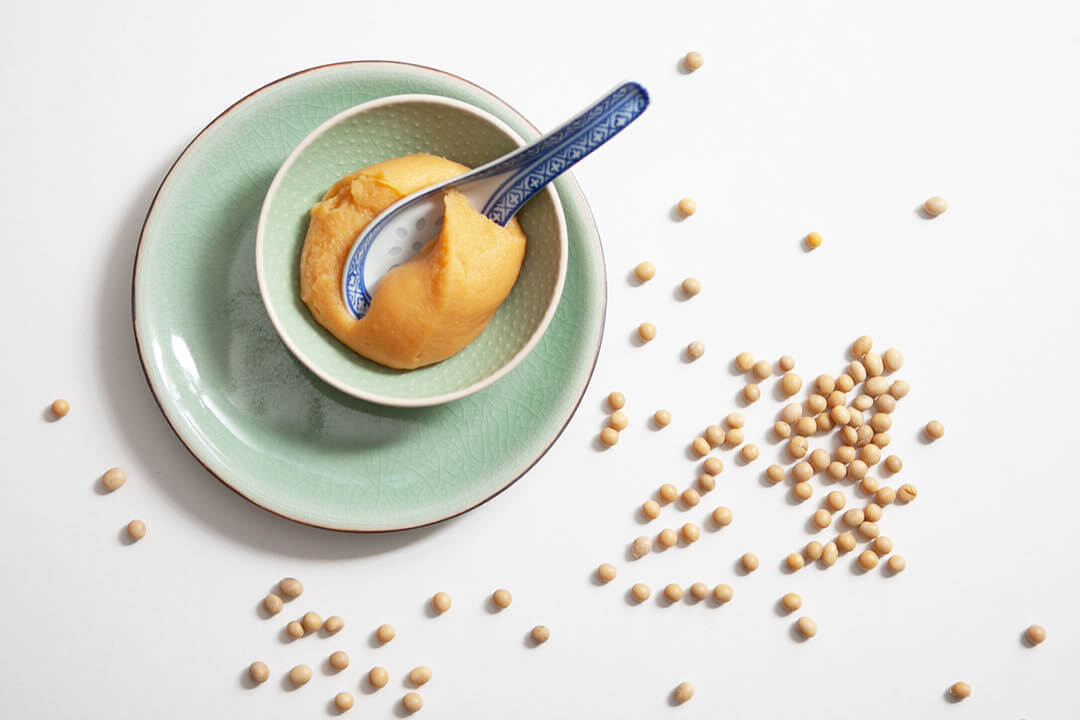Miso is now everywhere – for good reason
The production of miso was first described in Japan in the year 760. Currently, miso can be found everywhere and is now also produced in the Black Forest.
The broth makes the start
In every Japanese restaurant, a small bowl is placed in front of the guest before sushi or sashimi. When you open the lid, the mild aroma of warm miso soup, often containing seaweed, tofu and spring onions, escapes.
The warm soup prepares the palate and stomach for the raw fish that follows and thus enhances the enjoyment.
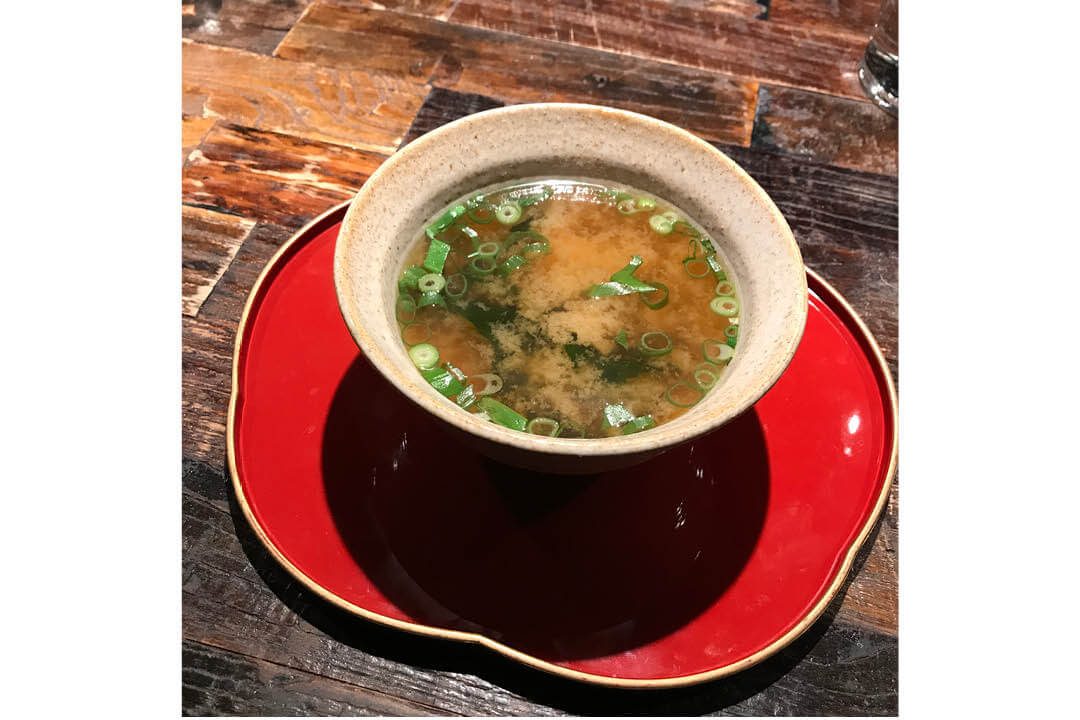
In Japan, miso soup, served with rice and pickles, is served for breakfast. The soup warms you up and provides a nutritious yet light start to an energy-packed day.
The greatest possible contrast to a Full English Breakfast such as King Charles III might be served from time to time.
Fermented taste
The basis of miso is traditionally fermented soybeans, rice, water, salt and – similar to the production of sake – a koji mushroom, which accelerates the fermentation process. It takes several months or even years to produce a miso paste with the desired degree of fermentation.
Soybeans can, but do not have to, be used exclusively for the production of miso. Rice, buckwheat, barley, lupins or amaranth can also be used to make miso.
If only soybeans are used and a relatively long fermentation time is allowed, the result is the well-known hacho miso, the darkest and strongest miso variety with the strongest spice content.
Miso comes in many varieties: brown, red, dark yellow, light yellow and almost white, the lightest miso variety, which tastes sweet rather than salty.
Why miso?
The word miso can be translated as “source of flavor”. Miso adds an umami component to all dishes.
The interest in fermented foods, Japanese cuisine and natural flavor enhancers has led to miso becoming increasingly popular outside Asia.
What’s more, making a miso broth with all the pre-made ingredients takes far less time than cooking a traditional bone broth.
Miso is now even produced in the Black Forest. Of course, there is also a miso variant there, based on Alblinsen lentils, which are popular with gourmets.
In Japan, traditional and artisan miso paste is often stored in cedar wood barrels weighted down with heavy stones. The pressure of the stones promotes fermentation and enables the barrels to withstand even minor earthquakes.
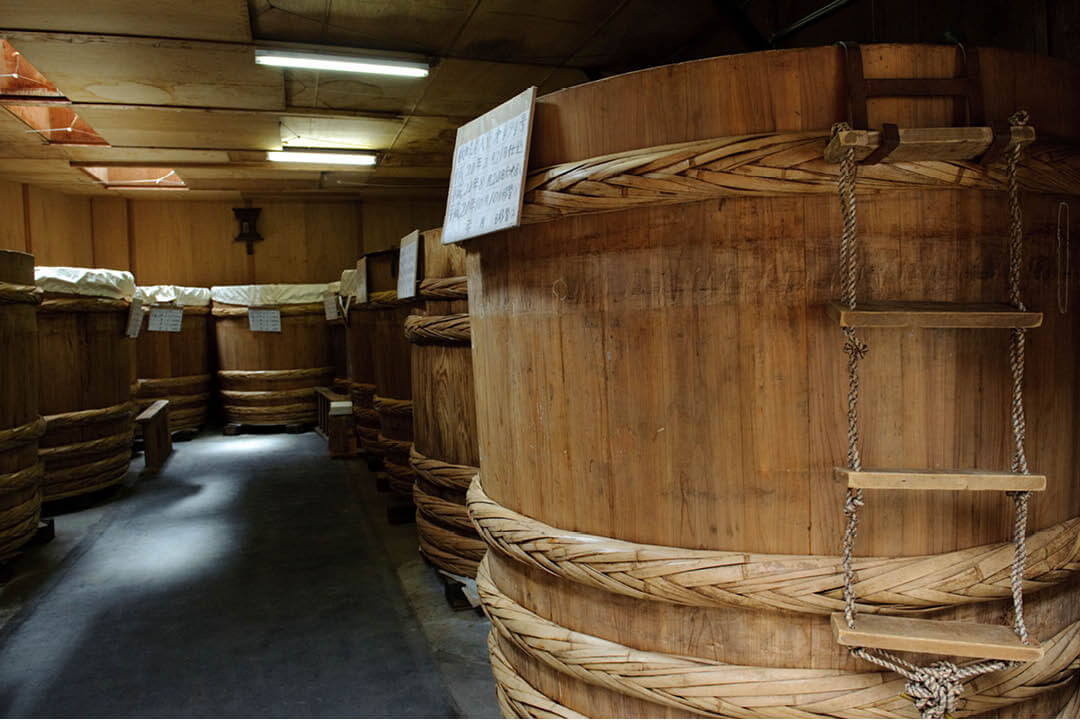 Ishii Miso Manufactory, Matsumoto Japan © Tony McNicol, Alamy Stock Photo
Ishii Miso Manufactory, Matsumoto Japan © Tony McNicol, Alamy Stock Photo
Why miso?
The best-known dish in which miso is used is the well-known miso soup. Fish or meat can be marinated excellently with miso. A classic dish from the first Nobu restaurant in Europe, which opened in London’s Old Park Lane in 1997, is Black Cod Miso.
The dish has been on the menu since it opened and if you sit in Nobu, you are sure to hear at least one guest at almost every table next to you order the cod, which is marinated with miso and fried to perfection. Pure umami, one of our favorite dishes on the menu.
If there is no Nobu nearby, we like to indulge our palates with the sushi version of miso lacquered eel.
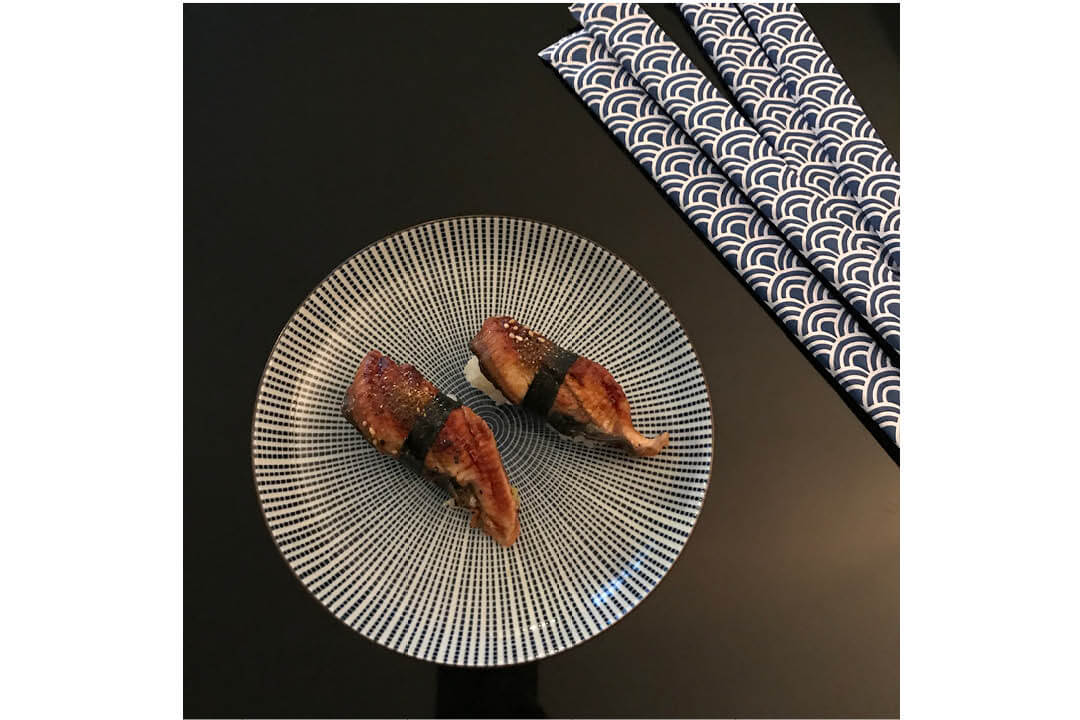
Miso paste can also be stirred into a morning porridge or salad dressing and used for almost all vegetable dishes.
Ottolenghi Superstar
The Israeli-British chef, who has won the hearts of cooking enthusiasts around the world, recently launched a miso offensive. His recipe for miso bananas with roasted rice has now achieved cult status and has been copied by almost every food blogger and many newspapers.
The recipe is delicious, but we don’t recommend it as the end of a five-course meal, but as a single course if you want something sweet with a bite on a cold and wet rainy day. You can find the recipe here.
The GloriousMe Miso favorite dish
We like to use miso in combination with lentils and spinach or chard as a base for steamed fish. The miso paste gives the dish a wonderful additional creamy and spicy component.
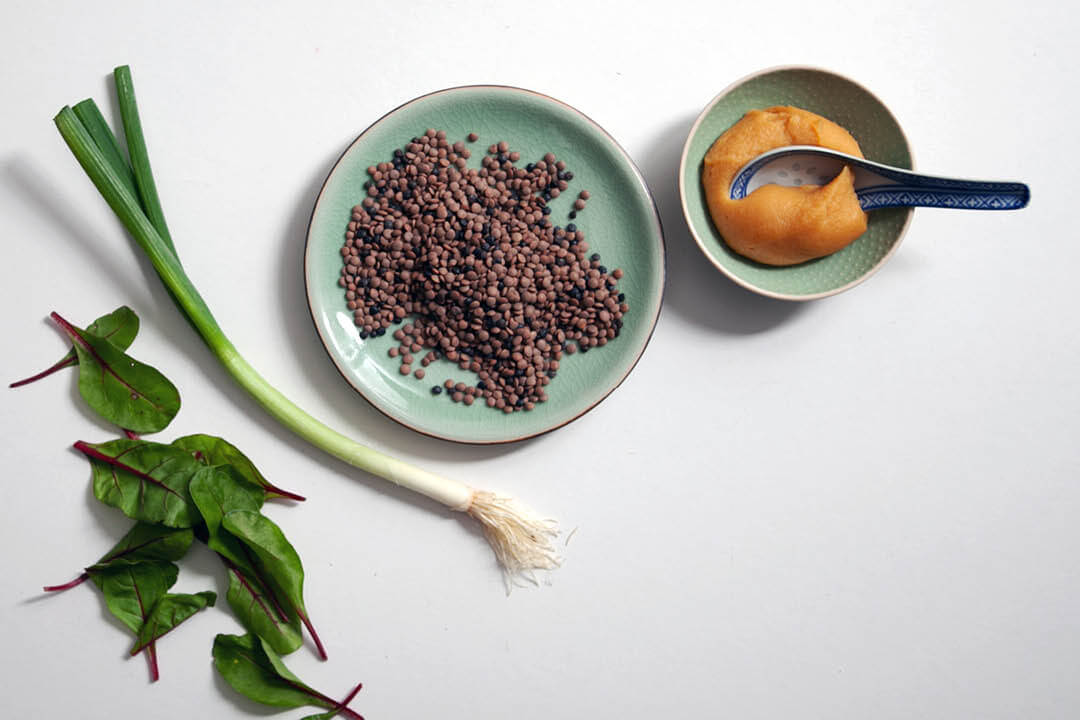
Cook the lentils as usual and mix in the spinach or chard, butter and miso paste just before they are ready. We like to use a lighter miso variant.
The lentils with miso are an excellent base on which to serve a slice of cod, which has simply been sprinkled with natural lemon and sprinkled with Maldon salt in an oiled baking dish and briefly steamed in the oven at a high temperature.
Finely chopped pickled Japanese ginger goes well on the fish as a decoration and additional flavor component.
Should not be missing in any refrigerator
After a long day or back from a strenuous journey, miso paste, udon noodles and a few spring onions can be used to make a warming soup in no time at all to get you going again.
For the coming Easter holidays, when there is a little more time and leisure for the kitchen, we recommend two recipes from a favorite food blogger from Nuremberg, whose high-foodality recipes for fine dining we follow with enthusiasm.
We love its onions braised in miso butter. They can make a sophisticated starter or accompany any piece of meat for the main course.
If you are in the mood for crisp, fresh spring vegetables, the High Foodality recipe for asparagus miso broth with spring vegetables is the perfect choice. However, this requires the most tender spring vegetables you can find on the market.
The green asparagus in the recipe is rarely as tender as the recipe calls for. We like to swap it for salmon and love the wonderful play of colors of salmon and radishes in the yellow-green asparagus broth.
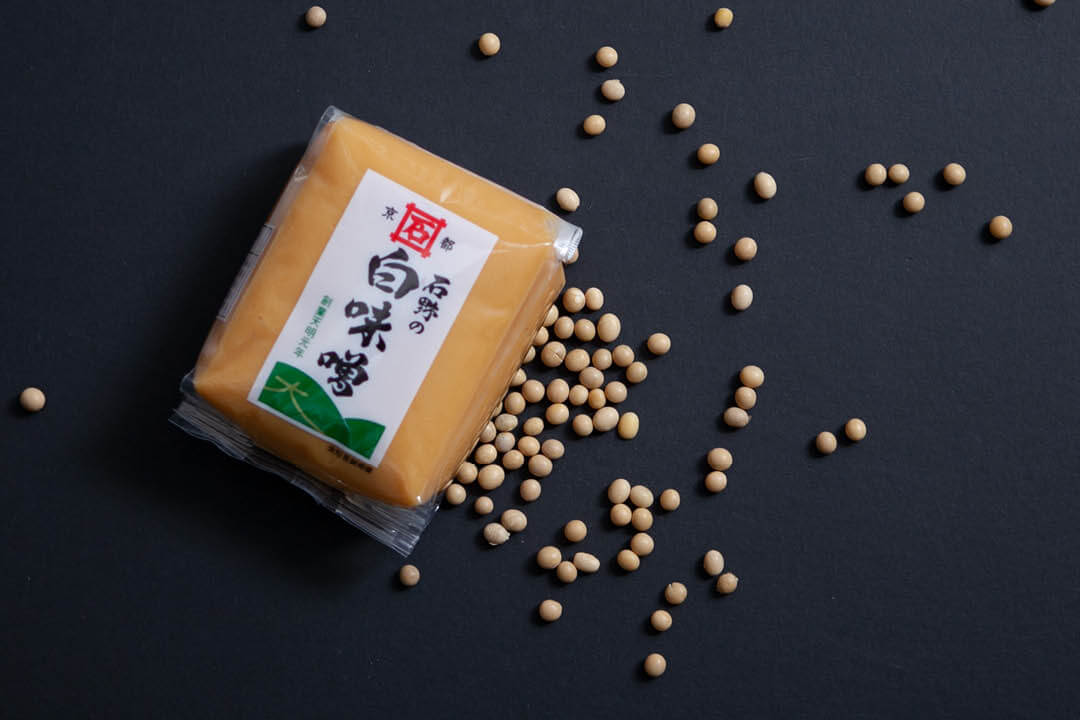
Miso paste should always be kept in the fridge. We recommend a light and a dark version to be prepared for all spontaneous cooking ideas.
However, some dishes prepared without miso may seem a little boring to you.
Food photography © GloriousMe

